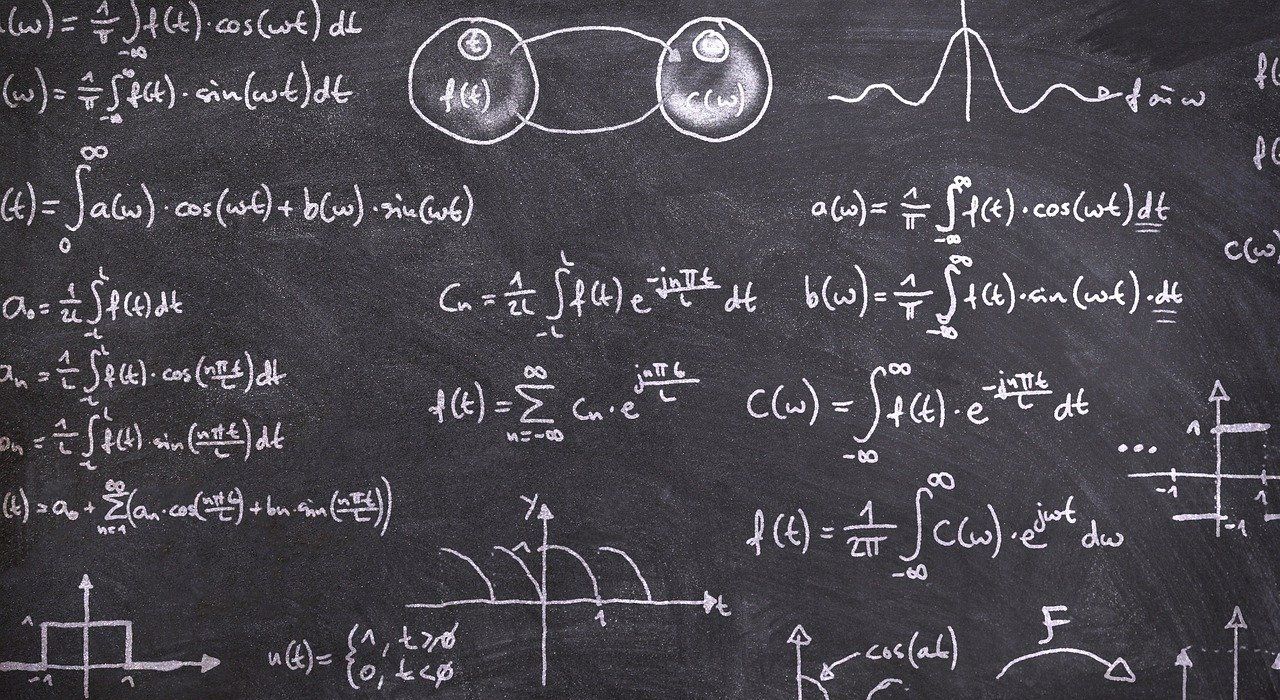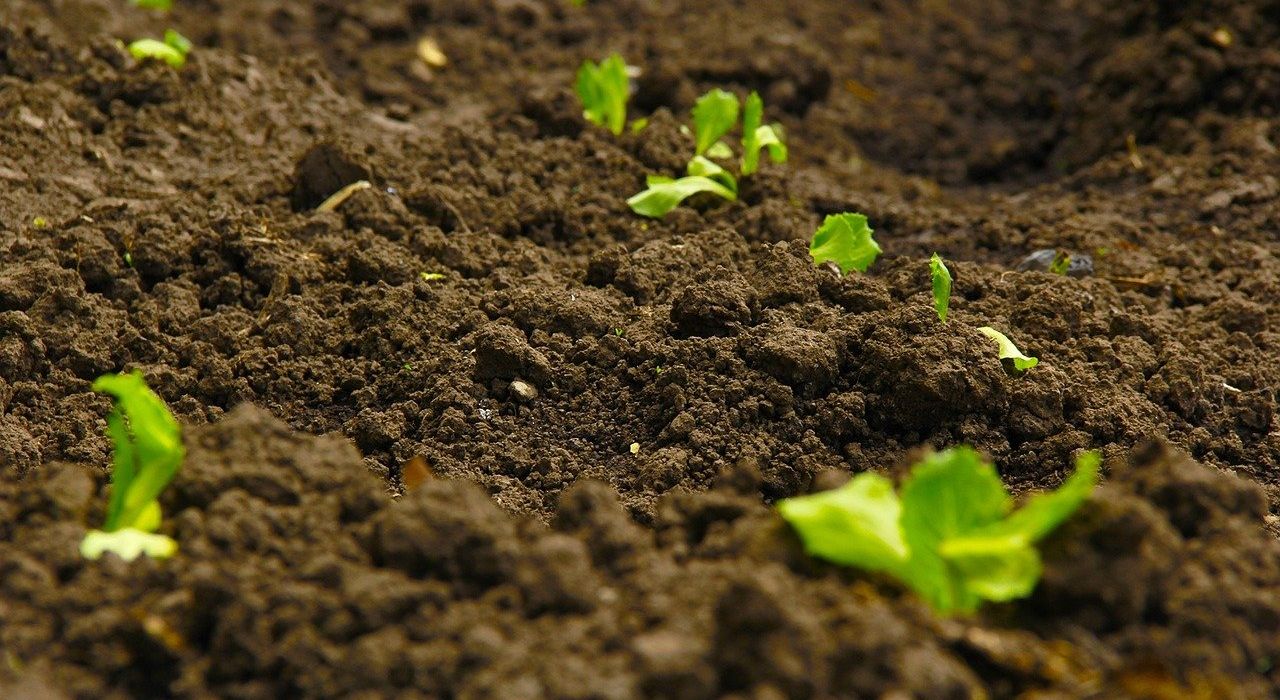Section 101 broadly recognizes patent eligibility for “any new and useful process, machine, manufacture, or composition of matter.” However, the U.S. Supreme Court has identified exceptions to patent eligibility, including laws of nature, natural phenomena, and abstract ideas.
The Supreme Court has articulated a two-step framework for evaluating patent eligibility, based on the Alice (573 U.S. 208 (2014)) and Mayo (566 U.S. 66 (2012)) cases. Step 1 asks whether the claim relates to at least one of the statutory categories (process, machine, manufacture, or composition of matter). If the answer is yes, then step 2A asks whether the claim is directed to a judicial exception (law of nature, natural phenomenon, or abstract idea). If the claim is directed to a judicial exception, then step 2B asks whether the claim recites additional elements that amount to significantly more than the judicial exception.
When a claim recites a mathematical formula, examiners sometimes take the position that the claim is directed to an abstract idea, i.e., the mathematical formula itself. It has long been held that mathematical formulas, by themselves, cannot be patented (see, e.g., Gottschalk v. Benson, 409 U.S. 63 (1972)). Instead, to be patent eligible under § 101, such a claim must integrate the mathematical formula into a practical application.
This issue is illustrated in the recent Patent Trial and Appeal Board (“Board”) case of Ex parte Okura.
Independent claim 3 recited (in part):
A method for liquid chromatography,
…the method comprising the steps of:
…calculating elution time “trc” based on Equation (1), the elution time “trc” being from a start of flow-in of the sample into the column to elution of a component “c” which is one of the components from the column;
(1)
selecting the column based on the calculated elution time “trc”; and
conducting the liquid chromatography using the selected column…
The examiner rejected claim 3 under section 101. Since this claim related to a method, it satisfied step 1 of the Alice/Mayo framework. At step 2A, however, the examiner took the position that claim 3 was “directed to an abstract idea,” specifically “equations for calculating mobility” which were “not integrated into a practical application because the additional steps do not add a meaningful limitation to the method as they are insignificant extra-solution activity.”
In contrast, the applicant contended that claim 3 recited a method using “new equations to control the physical components of the liquid chromatography process.” In particular, the applicant contended that claim 3 was not directed to a mathematical formula, but an improved liquid chromatography method that used “more accurate estimates to control the physical parameters” of the process “to yield more accurate results.”
The Board agreed with the applicant. The Board acknowledged that claim 3 recited a mathematical formula, and thus recited an abstract idea. However, the Board found that the claim was “not ‘directed to’ an abstract idea because…the abstract idea is integrated into a practical application under Step 2A.” The Board found that “[t]he claimed process…requires generating an eluent by mixing two solvents, selecting the chromatography column based on the calculated elution time, and conducting the liquid chromatography.” The Board concluded that this “combination of steps…adds significantly more than the abstract idea the claims are alleged to be directed to so as to transform the abstract idea into an inventive concept.”
Additionally, the Board found that claim 3 “reflects a specific asserted improvement in technology, rooted in computer technology, over that which was available in the prior art. Accordingly, we find the Appellant’s arguments persuasive that the claimed subject matter is not directed to merely performing mathematical processes but to a technical improvement.” Thus, the Board reversed the rejection under section 101.
Takeaway: If an examiner rejects a claim under section 101 for reciting a mathematical formula, it is important to emphasize that the claim is not directed to the mathematical formula, but that the claim integrates the mathematical formula into a practical application. It also can be helpful to emphasize how using the mathematical formula leads to an improvement in the underlying technology. In this way, Ex parte Okura is reminiscent of Diamond v. Diehr, 450 U.S. 175 (1981), where a claim for curing synthetic rubber recited the Arrhenius equation to improve an otherwise conventional method, and was found to be eligible under section 101.
Judges: Hastings, Wilson, McManus


